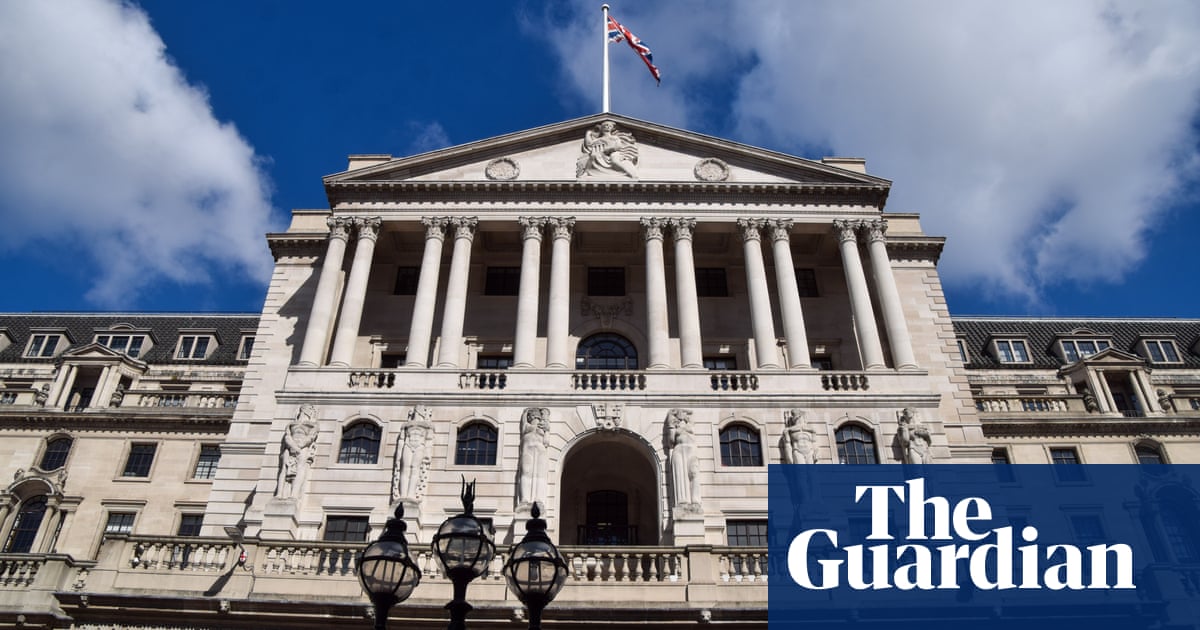
The UK has lost more than 90% of the lush seagrass meadows that once surrounded the nation, research has found.
Scientists described the decline as catastrophic, but the latest analysis also shows where the flowering plants could be restored. A resurgence of seagrass meadows would rapidly absorb the carbon dioxide that drives the climate crisis and provide habitats for hundreds of millions of fish, from seahorses to juvenile cod.
Seagrasses declined across the world but the study, which is published in the journal Frontiers in Plant Science, is the first to assess the remaining meadows and historical losses for a country. The grasses grow up to 2m long in clear water where sunlight passes through. They once covered most sand and mudflats.
By identifying suitable habitat for seagrasses, the scientists concluded that 92% had been lost in the last century or two. Pollution from industry, mining and farming, along with dredging, bottom trawling and coastal development are to blame.
There are only 8,500 hectares of seagrass meadow left, say the scientists, an area similar in size to Newcastle upon Tyne. Almost half of the losses are likely to have been in the last three decades, significantly worse than the estimated global average, according to the study.
A few places have retained healthy meadows, such as Lindisfarne, Studland Bay in Dorset, some parts of Devon and the Scilly Isles. Elsewhere, however, in areas such as south Wales and the Humber and Tyne estuaries, many have been destroyed.
“The catastrophic losses documented in this research are alarming, but offer a snapshot of the potential of this habitat if efforts are made to protect and restore seagrass meadows across the UK,” said Alix Green at University College London (UCL), who led the work. “The UK is lucky to have such a resource in our waters, and we should fight to protect it.”
Seagrass flowers are pollinated by shrimps and other creatures, as well as water currents. The meadows can store carbon 35 times faster than tropical rainforests and harbour up to 40 times more marine life than bare seabeds.
“Seagrass is the most amazing habitat that no one has ever heard of,” Green said. “If they are left undisturbed, seagrass soils will persist for thousands of years, and act as permanent carbon storage. Seagrass meadows can rebound, if allowed to, and it used to be everywhere, so there are limitless opportunities to build it back.” The Seagrass Ocean Rescue project is already planting millions of seeds on the shallow seafloor in Dale Bay, Pembrokeshire.
Peter Jones, also at UCL, said: “The next decade is a crucial window of opportunity to address the inter-related crises of biodiversity loss and climate change. The restoration of seagrass meadows would be an important contribution to this. This will involve restrictions such as reduced boat anchor damage, restricting damaging fishing methods and reducing coastal pollution.”
Seagrass meadows are nurseries for many species, whose larvae and juveniles can hide and feed among the fronds. These include dogfish, which are tiny sharks, and the UK’s only seahorses, as well as commercially important fish such as cod, flounder and mullet.
“Beyond their beauty, they are useful for a number of other reasons,” said Green. “They protect the shoreline from coastal erosion, by absorbing the impact of storms. One of the biggest impacts for the UK from climate change is rising sea levels and more severe storms and having these sort of buffer habitats is a lot cheaper and better environmentally than building a bunch of sea walls.”
Seagrass covers about 0.1% of the ocean globally but provides 10% of its carbon storage. A 2020 UN report, however, said 7% of this key marine habitat was being lost worldwide each year, equivalent to a football field of seagrass vanishing every 30 minutes.
Unesco published its first global assessment on Tuesday of the carbon storing ecosystems in its 50 marine World Heritage sites. It found they hosted a fifth of the global total of “blue carbon” habitats. Three sites in Australia have more than 2bn tonnes of CO2 locked away in their vast seagrass meadows, coastal mangroves and tidal marshes.
“They store so much carbon that these ecosystems become sources of CO2 emissions when they are degraded or destroyed,” said the lead author, Prof Carlos Duarte at the King Abdullah University of Science and Technology. “Protection and restoration of these ecosystems present a unique opportunity to mitigate climate change.”












